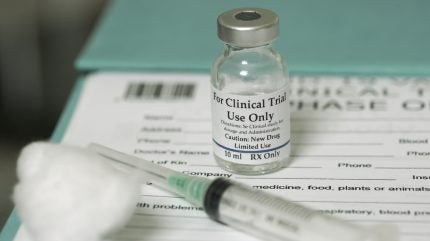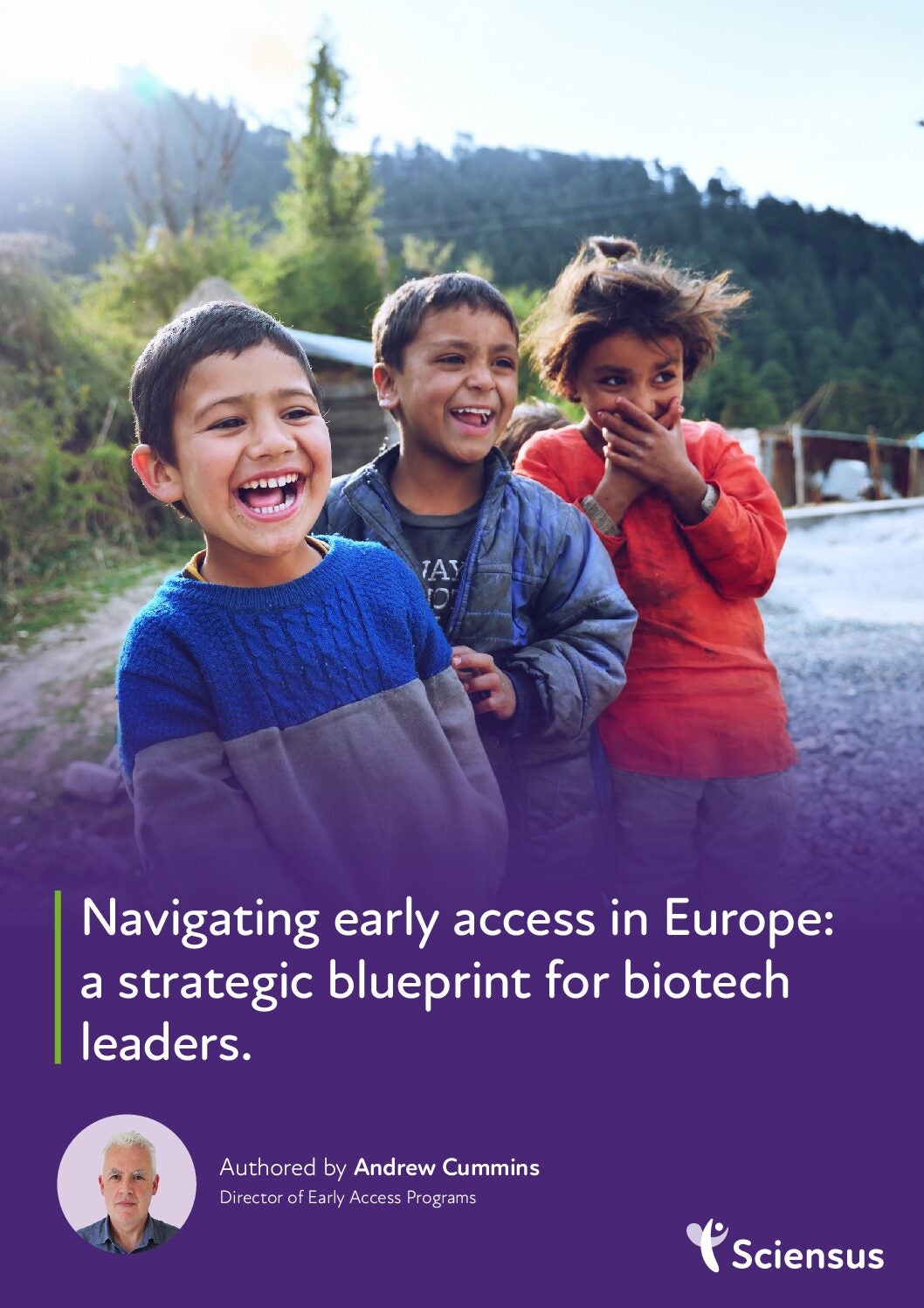
We’ve all seen the statistics – over 7,000 rare diseases, and only 5% have any approved treatments. It’s a situation that European policymakers and industry have been working hard to change. According to a GlobalData report, 5,828 global clinical trials were initiated for rare diseases in 2023, representing an 80% leap from the 3,246 trials commenced one decade earlier in 2013.
To date, the European Medicines Agency (EMA) has granted more than 2,000 orphan drug designations, leading to approvals of over 200 rare disease therapies.[i] But while R&D activity is increasing in the rare disease field, it can take a long time for patients to see the benefits.
For these patients, clinical trial participation is one possible avenue for accessing investigative treatments that have yet to be fully tested and approved. However, study sites are often limited in orphan drug trials, with many medical centres lacking the disease area expertise. On top of this, strict eligibility criteria excludes many patients (often the most seriously ill) from participating.
Unfortunately, the challenge of accessing orphan drugs can continue for patients long after a new medicine completes its clinical trials. Small patient populations and high development costs often make it economically unfeasible for profit-driven pharma companies to launch orphan drugs in every European country. Markets with large populations, abundant health system resources, and supportive pricing and reimbursement (P&R) frameworks take priority, but where does that leave patients in countries where the drug may be licensed many months later, or not at all?
This is why early access programs (EAPs) – where patients with serious conditions and a high unmet medical need can gain access to an unlicensed medicine – have become paramount in the rare disease field, with increasing demand from patients, advocacy groups, and clinicians.
There are two main types of EAP: compassionate use programs and named patient programs. The former is typically used pre-approval, is provided free of charge across a small group or cohort of patients, and is initiated by the drug’s manufacturer following a Phase II study, for example. On the other hand, named patient programs are more likely to take place post-EMA approval. They are initiated by an individual patient’s prescribing physician and can be charged in some markets. However, neither category of EAP can be promoted by the manufacturer or marketing authorisation holder.
Benefits of EAPs for orphan drugs
Many rare diseases are progressive, life-threatening conditions, with more than 30% of paediatric rare disease patients dying before their fifth birthday, for example.[ii] Where diseases with high mortality rates or rapid progression are concerned, the availability of an EAP offers hope when there are likely no, or limited, existing therapies available.
Through EAPs, drug developers achieve faster access to the marketplace and an opportunity to enhance their reputation among patients and the medical community. Once an EAP is up and running, they can gain valuable insights into how their product works in real clinical settings. Such real-world data (RWD) is typically more representative of the drug’s safety and efficacy in Europe’s diverse patient populations than the data generated during a controlled trial – particularly when it comes to rare diseases where enrolment challenges during clinical development can limit data generalisability. RWD can also be leveraged in support of subsequent regulatory submissions, health technology assessments, and P&R negotiations – a notable trend in Europe.
Understanding the risks
EAPs can be a win-win for patients and pharmaceutical companies, but it’s important to acknowledge the risks and challenges they involve. Pre-approval access programs carry the chance of adverse events, and while liability typically rests with the physician rather than the pharma company, this is not the case in every market. As such, EAPs must be executed with strict patient eligibility criteria and adverse event reporting procedures.
The other risk with EAPs is the potential impact they can have on future P&R discussions, particularly in markets where pharmaceutical companies can charge for the unlicensed medicine. As such, businesses must be cautious when planning and implementing EAPs, always thinking ahead to the product’s future commercial strategy to protect their long-term interests.
Finally, when it comes to regulations, the European landscape is characteristically complex. Different nations have different guidance and approval requirements for EAPs, making it essential for companies to partner with specialist companies that can leverage extensive knowledge of local regulations to streamline the process. This is exactly where Sciensus, a leading European life sciences organisation focused on patient-centric care, can help international firms.
“Sciensus has been engaged in supporting access to rare medication for the last 30 years,” says Andrew Cummins, director of early access programs at the company. “Within early access programs, we provide patients with quick access to life-changing medicines. For the biotech company, we’re giving them insight into the effectiveness of that medicine and the real-world data that can potentially support submissions.
“At Sciensus, we have the experience to guide the biotech through the planning and implementation phase, from recommending the program type, to the data collection possibilities, to how it would actually run in each of the programs.”
When done correctly, early access programs can be a brilliant opportunity to see an orphan drug benefiting more patients earlier than is typically possible. To learn more about improving access to orphan drugs in Europe, please download the whitepaper below.
[i] https://health.ec.europa.eu/medicinal-products/orphan-medicinal-products_en#:~:text=To%20date%2C%20the%20European%20Commission,patients%20suffering%20from%20rare%20diseases.
[ii] https://www.gov.uk/government/publications/uk-rare-diseases-framework/the-uk-rare-diseases-framework



